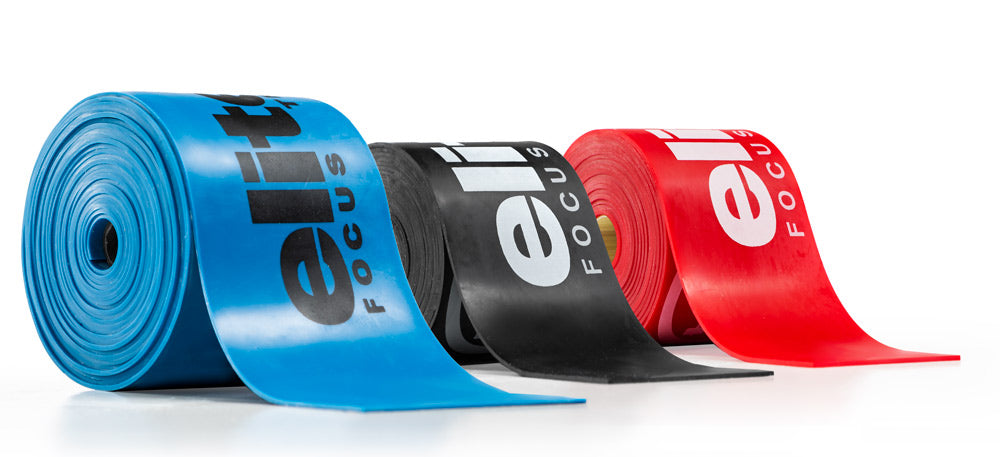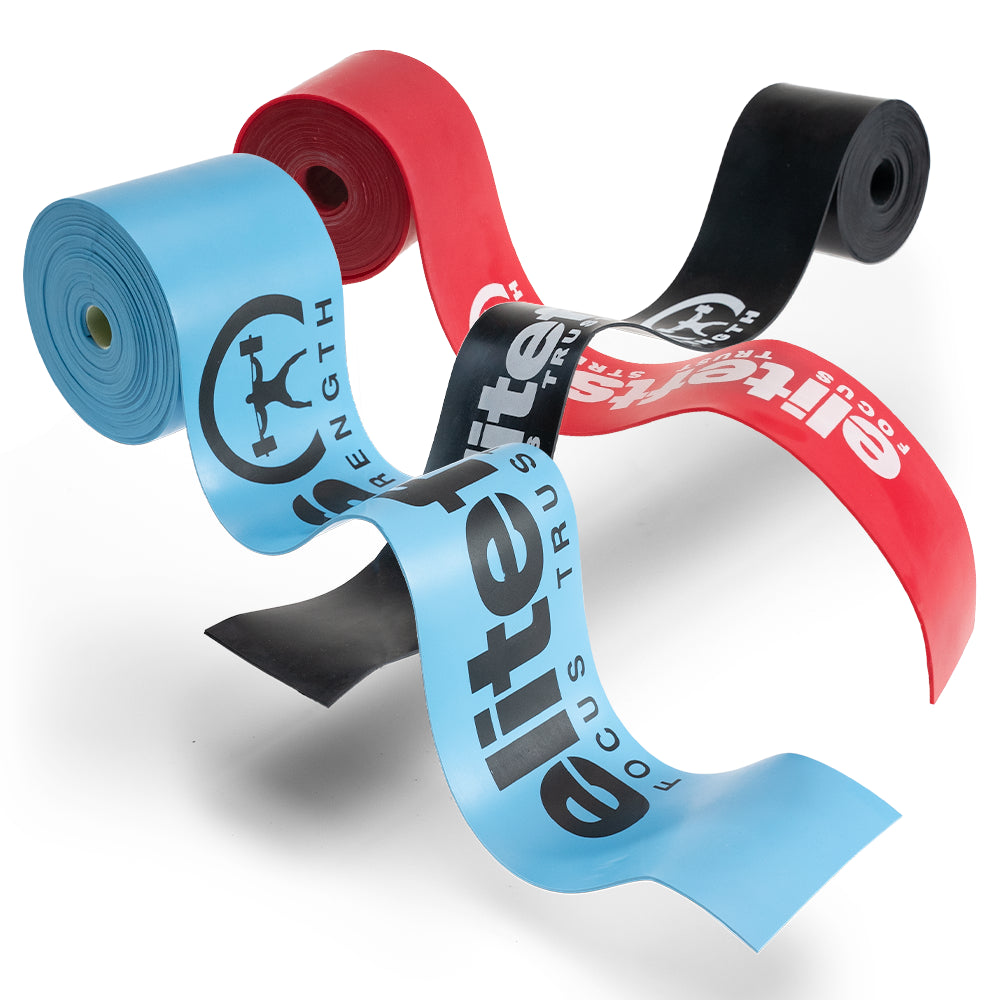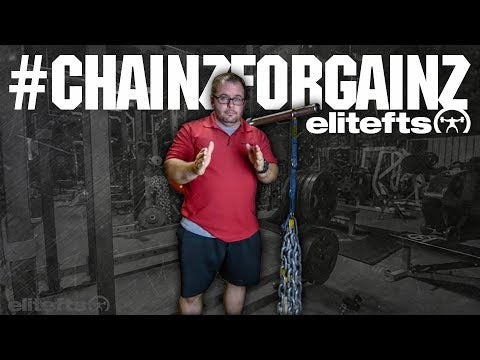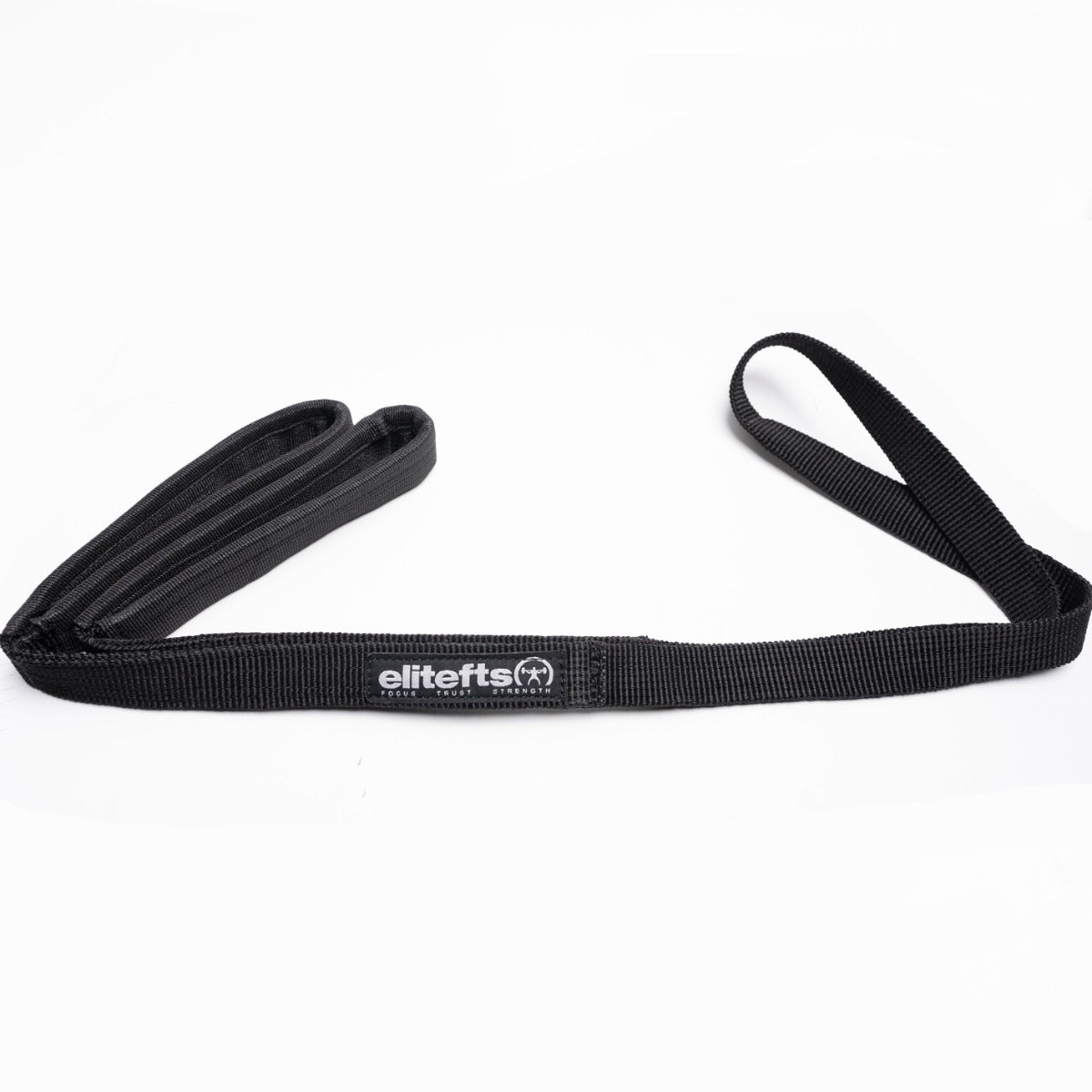The Booty Factors
Let's just say that glute development is a big thing for both performance and physical appearance. Surely, the focus on glutes in the media has definitely increased a lot in the last few years. Big props to Bret Contreras in that area! I definitely think his ideas, exercises, and methods have had a great and important impact on training status. Well anyway, it still seems to be quite difficult for many people to develop a great booty. Obviously, genetics play a role, but that isn't an excuse for a flat booty when we can increase the size of more or less any other muscle with targeted focus in our training. Why is it so hard for most people to really get those sexy and well developed glutes? “It's all about the exercises you use” is something often stated. Really? Then why doesn’t every freaking person who squats and deadlifts twice a week have well developed glutes? That doesn’t make any sense, so the exercises are probably not the full answer.It isn't about what but how
You will find that many people with well developed glutes have only been squatting anddeadlifting, so these exercises known as “the best” for several decades are well capable of developing a great booty. It's then evident that you really can't compare exercises like that and determine whether they are best for glute development or not. It's the same thing with the bench press. You can make it target your chest for bodybuilding purposes or you can make it hit the triceps a lot more for powerlifting purposes. As you've figured out, it isn't about what but how you perform the exercises. Well, obviously there are several specific
glute exercises that can and should be incorporated for increased results, but the point remains. You really don’t need more than squats and deadlifts to develop an awesome booty if… …you follow the booty factors. The reasons some manage to develop great glutes from deadlifting and squatting is the use of the booty factors. While the term is pulled out of my own booty, the factors are quite easy to understand. We can sum up the booty factors in four points. Let's get to it.
1. Vertical tibia for a big booty!
What do typical powerlifting squats and deadlifts have in common? Both more or less rely on the power generation with a vertical tibia. This means that the primary movement has to be generated with the glutes and the posterior chain. Hip extension on fixed knees with a vertical tibia has to rely on the glutes unless you compensate (which is one of the most common reasons for back and knee injuries in the mentioned exercises). Of course, the hamstrings create force, but the hamstrings act mostly as joint stabilizers and power transfers. The biggest general problem with technical execution of the power lifts is knee dominance, meaning the movement generated in the knees forward position (again meaning an angled position of the tibia). This will increase the action of the quadriceps muscles but will also release the tension of the posterior chain. Please do the following exercises for a demonstration. Stand upright and hold on to your hamstrings to feel the tension. From this position, move your knees forward, shifting your weight in the same direction. Feel what happens with the hamstrings. Return to the starting position and then push your hips back with a tight arch, keeping the tibia in a vertical position. What happened?
If you did the rest as you should, you should have noticed loose hamstrings in the first movement and tight hamstrings in the second. What does this tell us? First, the movement with a big tibia angle will release the tension on the hamstrings, which again will decrease the functional integrity of the knees, pelvis, and lower back. Second, the posterior chain and glutes won't be able to be the primary force generator. This tells us that the angle of the tibia during exercises has a strong influence on both the physical status considering joint health and the recruitment and development of the glutes. A correctly used powerlifting box squat and a correctly performed deadlift as a hip hinge movement will develop the glutes. Props to Charlie Weingroff for the insights on this area. P.S. I'm not saying that exercises with an angled tibia are automatically dangerous or ineffective, but when you want to develop a big booty, your primary focus should be on exercises with a vertical tibia.
2. Correct use of the glutes
The exercises you use still depend on a second critical factor. Think about this—when you do biceps curls, hopefully you don’t whip all your reps up with the use of the hips. You focus on the use of the biceps, and there isn't any doubt that you feel it in the biceps. If the same doesn't happen when you do leg exercises to target the glutes, you're doing something wrong. Because our modern society causes “gluteal amnesia” for most of us, we tend to not feel the glutes working during our leg exercises. Glute activation is one thing, but a couple warm-up sets with glute bridges won't cut it in most cases. First, you have to understand what has to happen during a hip movement. If you finish your deadlifts with a set of relaxed glutes, you don't get it. Your glutes should create and finish the hip movement and the tension should be obvious at all times (you should feel it and it should be visible). It's the same thing as with a biceps curl. If you neither feel nor see it, you aren't doing very good or effective curls, right? Check out the next set of pictures. In picture one, we see a “normal” stance considering the glutes. In the second, the glutes are tightened. Even though it might not look aesthetically pleasing (mostly a female concern), it's what makes the glutes develop and look good outside the gym where you hopefully live most of your life. Men mostly aren't very concerned with their looks during training while females often are. I guess it makes some sense, but who really cares? If you end up with the booty you want, you should do whatever you can during training to reach your desired goal. Then what is the solution? You can't activate the glutes if your hip flexors are too tight. This has been written about a lot, so I guess you know if already. But the hip flexors, especially the psoas and not least the rectus femoris, have to be stretched for most people to make sure that the glutes are being used properly. Do these two stretches. After you have released the tension to allow the glutes to work as they should, you need to automate the glute contraction during movement. You really have to feel what has to happen. I think glute bridges/hip thrusts are a great way to do this, but I've found a simple version of the reverse hyper extension to be better on several occasions. The reason is you have to keep a tight arch in your lower back. From this position, use the glutes as movement generators. If you don't, you will feel it elsewhere (hams/lower back) and it's quite difficult to hold the top position of the exercise without a strong glute contraction. That's why it's a good tool for its purpose. You don’t need more than a bench to perform this one because it's more a learning tool than an exercise. Just make sure that you hold on to the bench and keep enough of your hips outside the bench to allow for the bottom position to happen. As stated, you have to keep a tight arch in the lower back. You can start with the hips and knees in a flexed position. From here, straighten out your legs and raise them in line with your upper body in a single movement. As part of your warm-up regime, start with five reps with a five-second isometric hold on top to get the contraction. See if that doesn’t make it easier to use the glutes a lot more in your main exercises.3. Weight shift
Why are the quads often more developed than the posterior chain? In many cases, this has to do with the execution of the movements. It can be categorized as “wrong weight shift” during exercises. If you're performing squats or deadlifts and keep the pressure on the ball of the feet during the execution, you aren't only increasing the risk for injury, but you will also lose tension in the posterior chain and hence the glutes won't develop as they should. Shifting the weight forward also “helps” to increase the common phenomenon with tight hip flexors, often leading to anterior pelvic tilt and then problems with activation of the glutes. That isn't a good circle for performance. Personally, this is a point where I have some beef with Olympic weightlifting shoes. If you want to recruit as much of the backside as possible or if you have knee problems either during or as a consequence of squatting movements, don't use them. There is a time and place for them and your personal opinion and experience will always be your best guide, but I wouldn't recommend box squatting with them. This point goes hand in hand with vertical tibia, as the one often helps the other. If you manage to keep the tibia closer to vertical during a movement, you probably have a posterior weight shift and push through your heels. If you push through the ball of your feet, there is a big chance you have pretty angled tibias and therefore you lose tension in the backside and shouldn't really wonder why there is a lack of a sexy booty back there. It's obvious. A good tip on this area is to raise the toes before or during your repetitions. This will automatically shift your weight back toward your heels and may serve as an important cue.4. Forward trunk lean
An interesting study (1) regarding lunges and weight shift showed that a forward lean during this exercise increased the recruitment of the posterior chain. This makes sense because a forward lean increases the hip hinge movement, which again is performed with a vertical tibia position. It depends, but I think leaning forward when doing single or double leg exercises will help to shift the weight backward as long as you've already created a technical foundation in the exercises you use. If you lean forward, you have to tighten up, as your body and especially lower back area will provide enough feedback to do so. I don't have any studies to back this up, but personally I think it can be safer for the lower back to be in a more horizontal position during resisted movement (not always) because it will have to respond. In a vertical position, I don`t think there is enough direct feedback from the lower back unless you're consciously thinking about it (which you should). I think this is partly why some people get hernias from back squats. You try to keep a vertical back, but because there isn't any problem during the descent and not much feedback from this area at all, it will be devastating for a split second on your way up if you aren't strong enough to keep the upper body aligned and start the movement with the hip raising before the upper body (good morning movement). Compare this to the deadlift where from the beginning of the movement, you have to tighten up your lower back because you get instant feedback and can't pull much if you don't. A forward lean doesn't only help to recruit the glutes and posterior chain, but it also (in my opinion) helps to keep your lower back in a safer position due to the increased feedback and therefore increased protective response. Maybe this is contrary to common sense, but this is just my opinion based on observations from clients with lower back problems. Now, get to work and back that ass up with the four critical booty factors! References- Farrokhi (2008) Trunk position influences the kinematics, kinetics, and muscle activity of the lead lower extremity during the forward lunge exercise. 38(7):403–9.






































































































